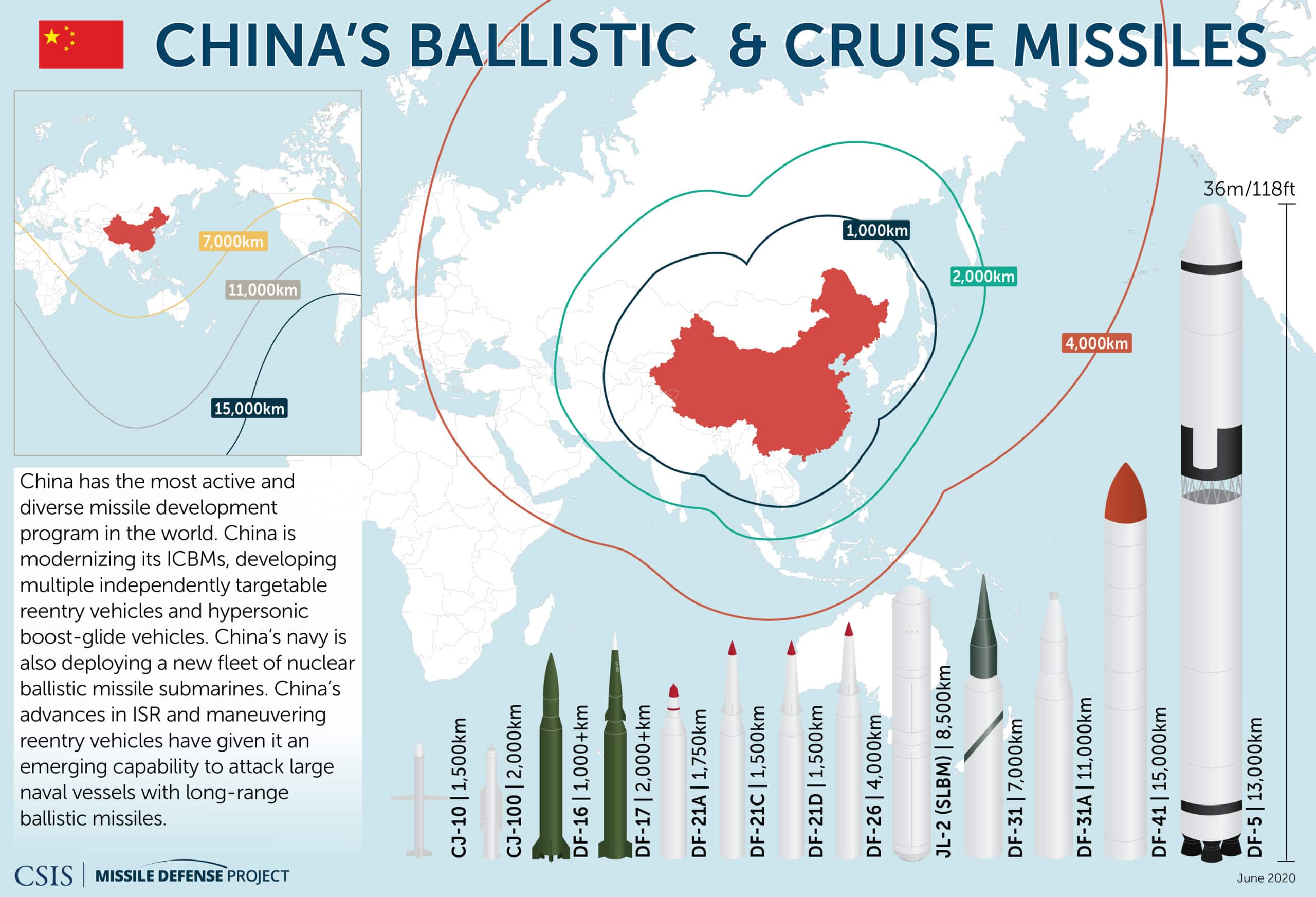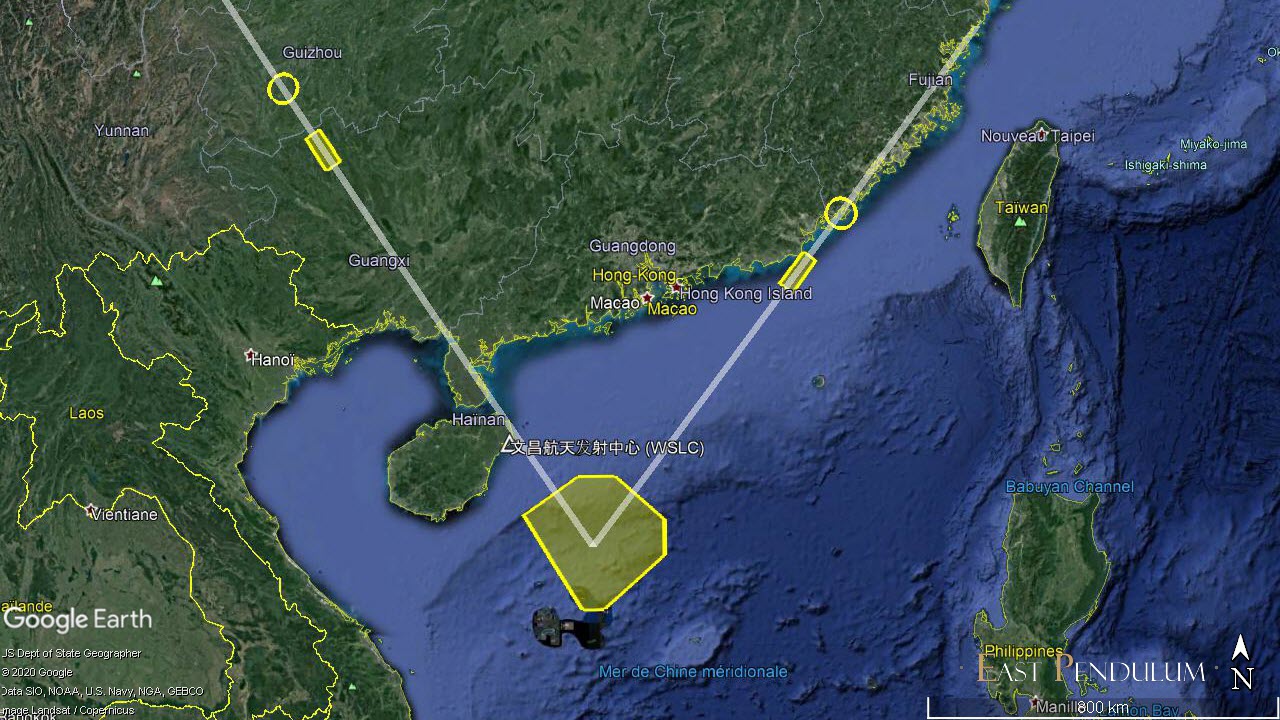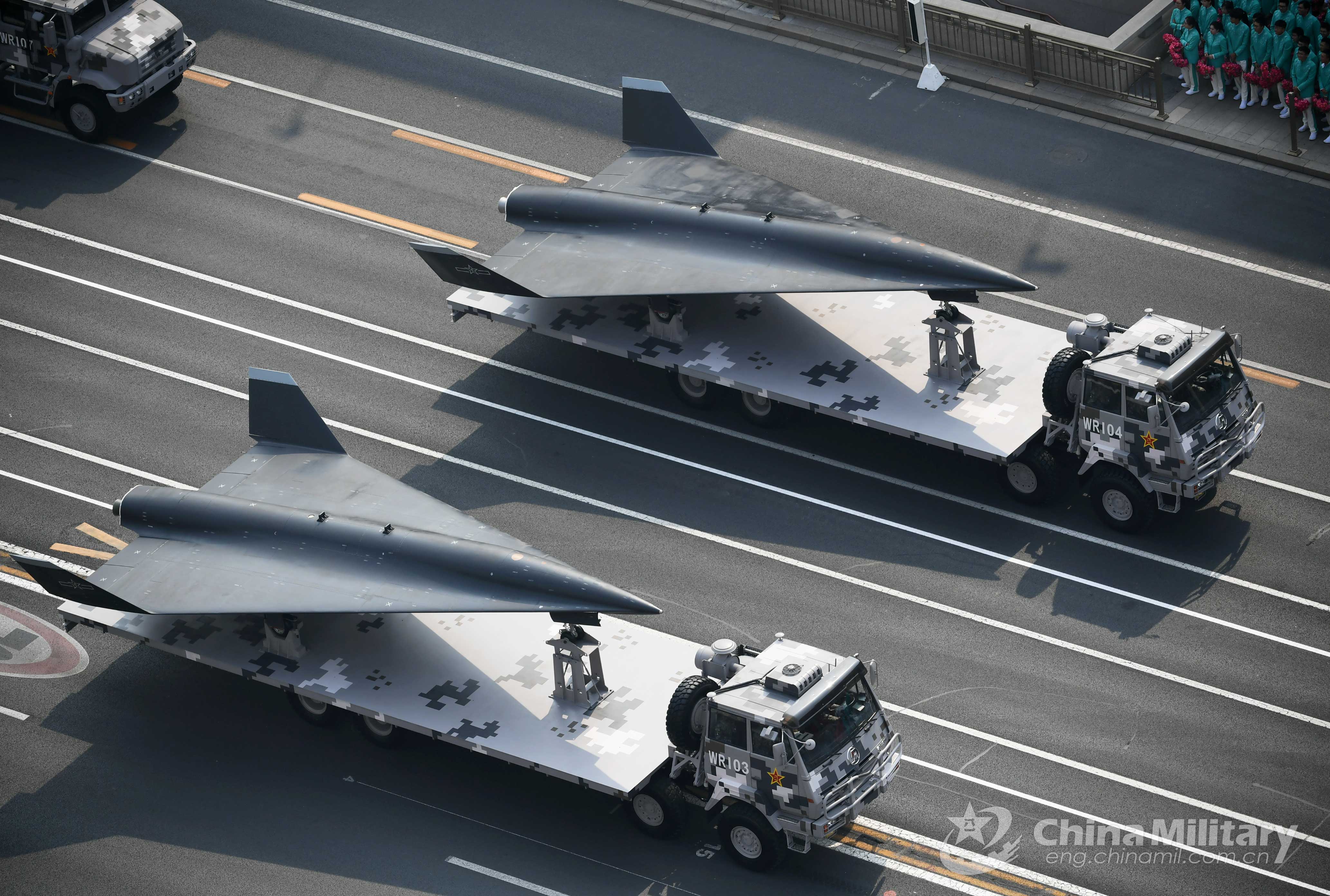ZeEa5KPul
SENIOR MEMBER

- Joined
- Jul 13, 2017
- Messages
- 2,871
- Reaction score
- -16
- Country
- Location
I think that with the recent publication of the Congressional report on the PLA, now would be a good time to distill some of my recent thoughts on China’s military development, its strategies, and the PLA’s overall trajectory. I want to first discuss what’s been called by Pentagon planners the “anti-access, area denial” strategy and the systems and doctrines associated with it before pivoting to the burgeoning “blue water”, power projection capabilities of the PLAN. Finally, I’d like to bring these two strands together and discuss how I think China’s strategic posture and capacity will evolve in the coming decades.
A good place to start the discussion on China’s realization of the A2AD concept might be the apex of that concept’s development (and what sets China apart from every other military): the anti-ship ballistic missile. We should first proudly note that China has invested enormous sums of money and decades of hard work – displaying remarkable innovation and grit – in solving the formidable technical challenges associated with fielding weapons of this kind. At the time of this writing, China’s military is unique among its counterparts in possessing mobile ballistic missiles capable of targeting large and medium-sized warships at sea thousands of kilometers away.
To get a sense of the areas these weapons allow China to cover, consider this map

of China’s ballistic missiles, and note the 4,000 km circumference of the DF-26 and the areas of the Pacific and Indian Oceans it encloses. The missile can also cover the Persian Gulf and Red Sea, even the eastern portions of the Mediterranean from launch positions in western China! In short, this single system has the range to defend essentially all of China’s sea lines of communication carrying hydrocarbons from its suppliers in the Middle East and seaborne trade with Europe.
Of course, the doubters and haters will say that it’s one thing to launch a missile with that range at a stationary target and another thing altogether to hit a moving, defended target. While there is some merit to this argument, especially when we consider using the DF-26 to the maximal extents of its range and in waters where China lacks supporting ISR assets, there are some very interesting and ingenious solutions Chinese designers have incorporated into these missiles. There have been conflicting reports of a recent test that might hold interesting clues to just what kinds of tricks these missiles have up their sleeves…
It is accepted that China launched a number of AShBMs on August 26 at an unspecified target southeast of Hainan Island, as shown by this illustration

What is unclear is exactly how many missiles China fired. It seems evident from the diagram that two missiles were fired (which would also demonstrate China’s capability to accurately coordinate strikes from different PLARF bases and units), but some reports claim four missiles were fired. It might be a simple error in reporting, or it might be an indication of an interesting capability these missiles are speculated to have.
It’s been hypothesized that the AShBM bus launches a targeting probe as the warhead descends to fix the target’s location and communicate it to the warhead so that it can perform corrective manoeuvres. This would be an ingenious solution to multiple problems with AShBM targeting: it would carry a larger sensor package than the warhead can fit in its nosecone, which would allow for scanning a larger area more comprehensively (which also frees up volume and weight in the warhead to pack more explosive). By remaining above the atmosphere, the probe would avoid being blinded by plasma formed from the heat of re-entry and can remain in contact with the warhead by transmitting data to its much cooler rear.
To an observer with no knowledge of this system, this would look like the missile launching two warheads – hence two missiles mistakenly being reported as four.
Tactical ingenuities aside, the DF-26 and its lesser counterparts’ greatest impact is at the strategic level. By credibly threatening enemy capital naval assets at such vast ranges and with such vastly asymmetrical costs, they transform China into a continent-sized ‘coastal’ fortress and blur the line between “continental” and “maritime” power. More importantly, they purchase the time and strategic space for China to develop its blue water navy, with its attendant supercarrier fleets, free from molestation and interference.
A good place to start the discussion on China’s realization of the A2AD concept might be the apex of that concept’s development (and what sets China apart from every other military): the anti-ship ballistic missile. We should first proudly note that China has invested enormous sums of money and decades of hard work – displaying remarkable innovation and grit – in solving the formidable technical challenges associated with fielding weapons of this kind. At the time of this writing, China’s military is unique among its counterparts in possessing mobile ballistic missiles capable of targeting large and medium-sized warships at sea thousands of kilometers away.
To get a sense of the areas these weapons allow China to cover, consider this map

of China’s ballistic missiles, and note the 4,000 km circumference of the DF-26 and the areas of the Pacific and Indian Oceans it encloses. The missile can also cover the Persian Gulf and Red Sea, even the eastern portions of the Mediterranean from launch positions in western China! In short, this single system has the range to defend essentially all of China’s sea lines of communication carrying hydrocarbons from its suppliers in the Middle East and seaborne trade with Europe.
Of course, the doubters and haters will say that it’s one thing to launch a missile with that range at a stationary target and another thing altogether to hit a moving, defended target. While there is some merit to this argument, especially when we consider using the DF-26 to the maximal extents of its range and in waters where China lacks supporting ISR assets, there are some very interesting and ingenious solutions Chinese designers have incorporated into these missiles. There have been conflicting reports of a recent test that might hold interesting clues to just what kinds of tricks these missiles have up their sleeves…
It is accepted that China launched a number of AShBMs on August 26 at an unspecified target southeast of Hainan Island, as shown by this illustration

What is unclear is exactly how many missiles China fired. It seems evident from the diagram that two missiles were fired (which would also demonstrate China’s capability to accurately coordinate strikes from different PLARF bases and units), but some reports claim four missiles were fired. It might be a simple error in reporting, or it might be an indication of an interesting capability these missiles are speculated to have.
It’s been hypothesized that the AShBM bus launches a targeting probe as the warhead descends to fix the target’s location and communicate it to the warhead so that it can perform corrective manoeuvres. This would be an ingenious solution to multiple problems with AShBM targeting: it would carry a larger sensor package than the warhead can fit in its nosecone, which would allow for scanning a larger area more comprehensively (which also frees up volume and weight in the warhead to pack more explosive). By remaining above the atmosphere, the probe would avoid being blinded by plasma formed from the heat of re-entry and can remain in contact with the warhead by transmitting data to its much cooler rear.
To an observer with no knowledge of this system, this would look like the missile launching two warheads – hence two missiles mistakenly being reported as four.
Tactical ingenuities aside, the DF-26 and its lesser counterparts’ greatest impact is at the strategic level. By credibly threatening enemy capital naval assets at such vast ranges and with such vastly asymmetrical costs, they transform China into a continent-sized ‘coastal’ fortress and blur the line between “continental” and “maritime” power. More importantly, they purchase the time and strategic space for China to develop its blue water navy, with its attendant supercarrier fleets, free from molestation and interference.










